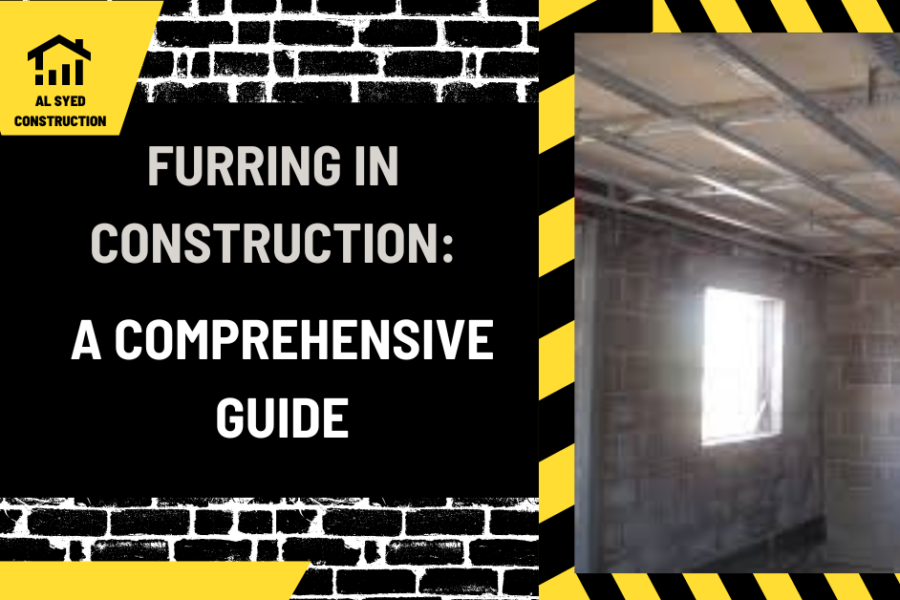Furring in Construction: A Comprehensive Guide
Furring in construction is a technique used to create a level surface or space between a wall or ceiling and the finishing material. It is commonly used to improve insulation, provide a gap for electrical wiring or plumbing, or to create an aesthetic feature. In this guide, we will explore the various aspects of furring in construction, including its types, materials, and applications.
Table of Contents
Types of Furring
There are several types of furring used in construction, each serving a specific purpose:
1. Wood Furring
Wood furring is the most traditional type, often using 1×2 or 1×3 strips of wood attached to the wall or ceiling studs. This method provides a solid base for finishing materials and allows for easy attachment of insulation.
2. Metal Furring
Metal furring, typically made from steel or aluminum, is more durable than wood furring and is often used in areas where moisture resistance is important, such as basements or bathrooms. It is also commonly used in commercial construction.
3. Resilient Channel
Resilient channel furring is a specialized type of metal furring that is designed to reduce sound transmission between rooms. It is commonly used in walls and ceilings where noise control is a concern.
4. Hat Channel
Hat channel furring is similar to resilient channel furring but is used primarily to provide a space for running electrical wiring or plumbing. It is often used in commercial construction where large conduits need to be concealed.
Materials Used for Furring
The choice of material for furring depends on the specific requirements of the project:
1. Wood
Wood furring is typically made from softwoods such as pine or cedar. It is lightweight, easy to work with, and relatively inexpensive. However, it is not as durable as metal furring and may be prone to rot if exposed to moisture.
2. Metal
Metal furring is typically made from steel or aluminum. Steel furring is stronger and more durable than aluminum but is also more expensive. Aluminum furring is lightweight and corrosion-resistant but may not be as strong as steel.
Applications of Furring
Furring is used in a wide range of construction applications, including:
- Creating a level surface for finishing materials such as drywall or paneling
- Providing a gap for insulation to improve energy efficiency
- Concealing electrical wiring or plumbing
- Creating architectural features such as coffered ceilings or wainscoting
In conclusion, furring is a versatile construction technique that can be used to improve insulation, provide a gap for wiring or plumbing, or create aesthetic features. By understanding the different types and materials available, you can choose the right furring method for your project.




